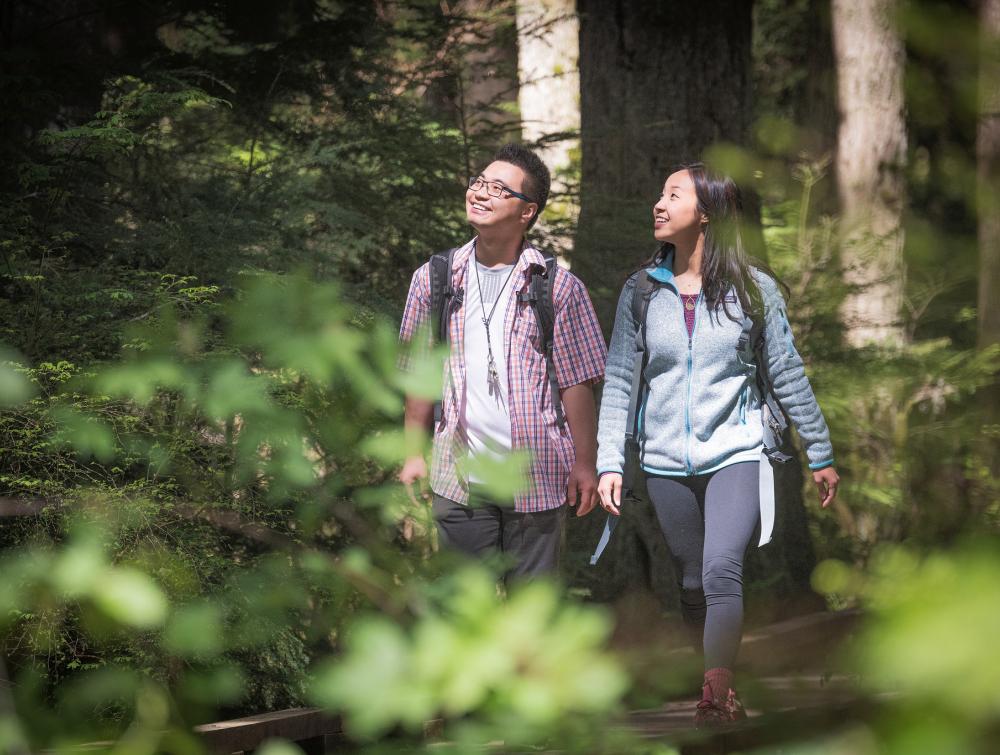Report: Connecting people to parks in King County

King County, Washington
Mason Cummings
Seattle residents enjoy good park access, nearby communities lag behind
People who use public transit often face the greatest challenges in accessing green space. Although limited research has been done on the topic, park access via transit provides a way to close gaps between people and nature in densely populated areas. The purpose of this GIS analysis is to layer parks, transit and demographic information to identify patterns in transit-to-parks access and prioritize areas in need of investment. While this report provides a preliminary look at the transit and park networks in King County, future investigations will build on the analysis through community-based research.
Equity – the fair treatment of all people, regardless of group identity, location or other social determinants – is the foundation of this research. Vulnerable populations often face burdens and barriers that reinforce unequal and unfair outcomes. To ensure everyone access to quality resources and services, community leaders must center equity in their planning and decision making by prioritizing the most vulnerable populations. For this analysis, vulnerable populations were determined based on 17 population characteristics related to health, environmental and sociodemographic factors. Areas with both high concentrations of vulnerable populations and poor transit access to parks constitute Opportunity Areas, which are the recommended places to focus transit-to-parks investments.
The findings show that Seattle residents have very good access to parks, with 87 percent able to walk to a park. However, nearby park access throughout the rest of the county falls to 46 percent, well below the national average. People of color and non-Seattle residents are least likely to have nearby access to parks, particularly in south King County. In Tukwila and Renton, less than half of the residents who live in majority-people of color neighborhoods live within a half mile of a park.
